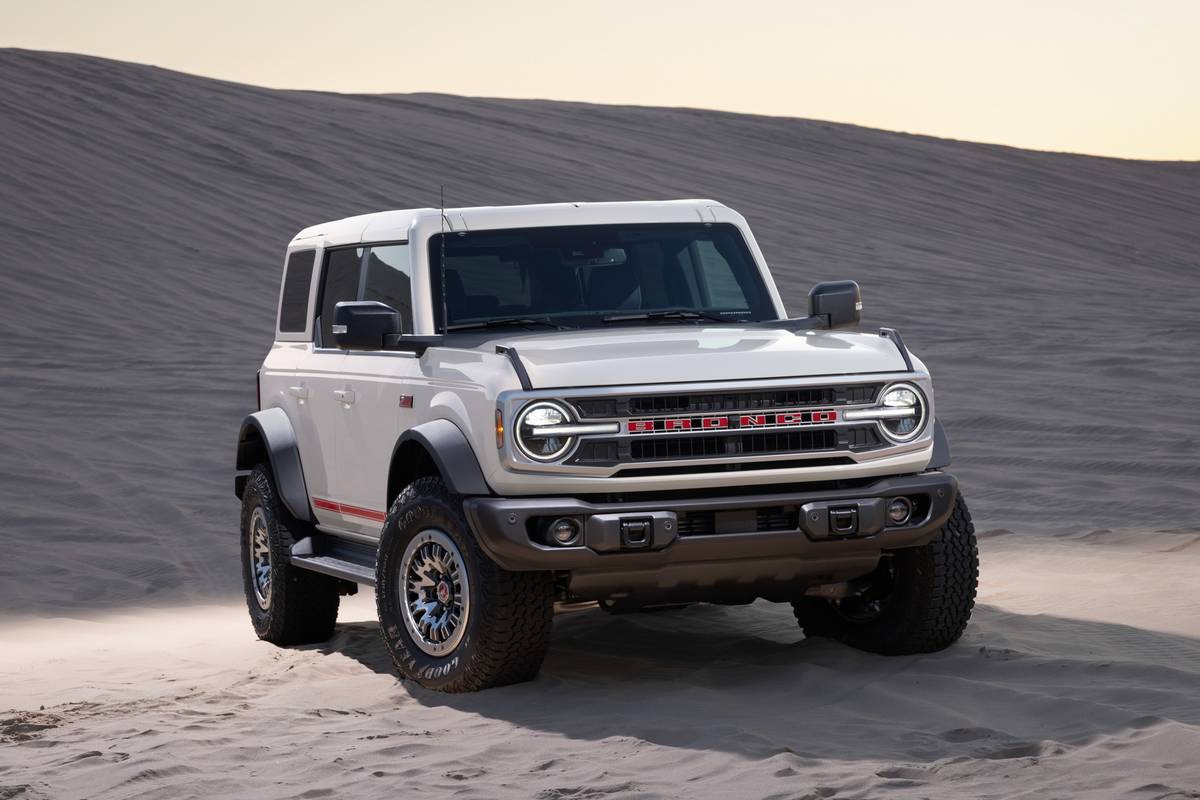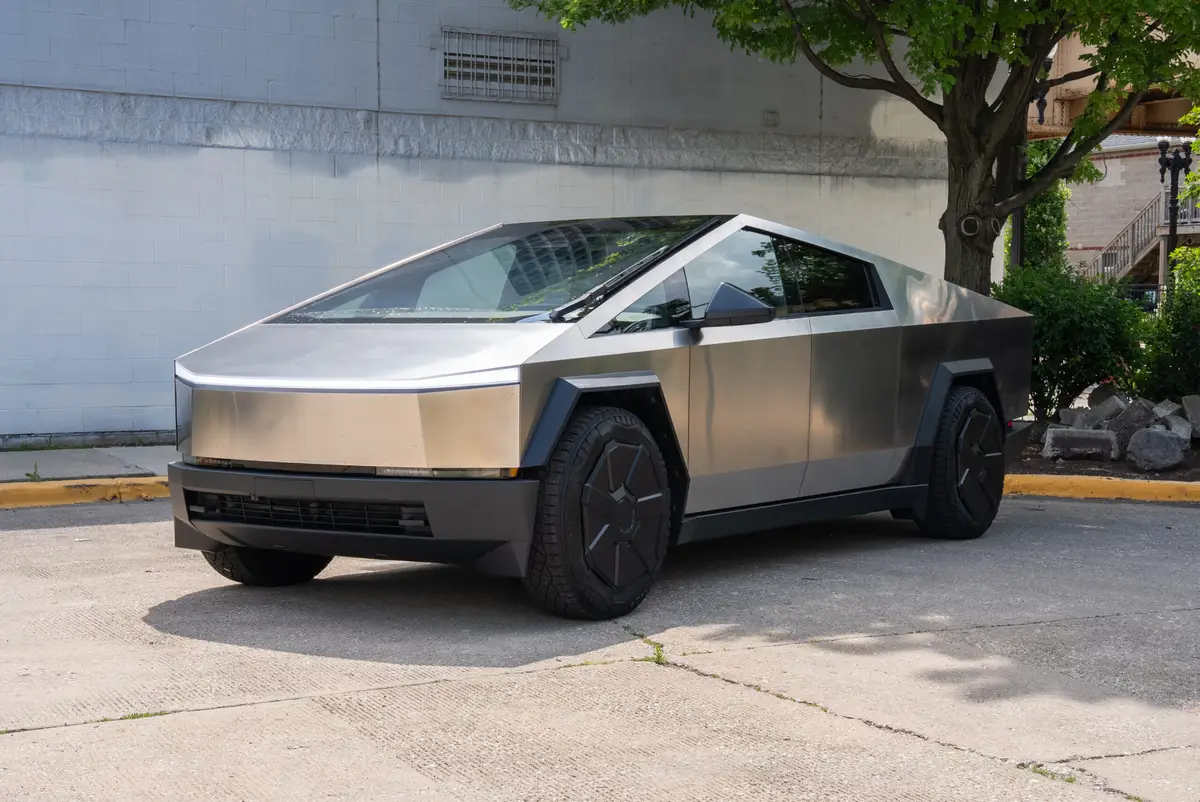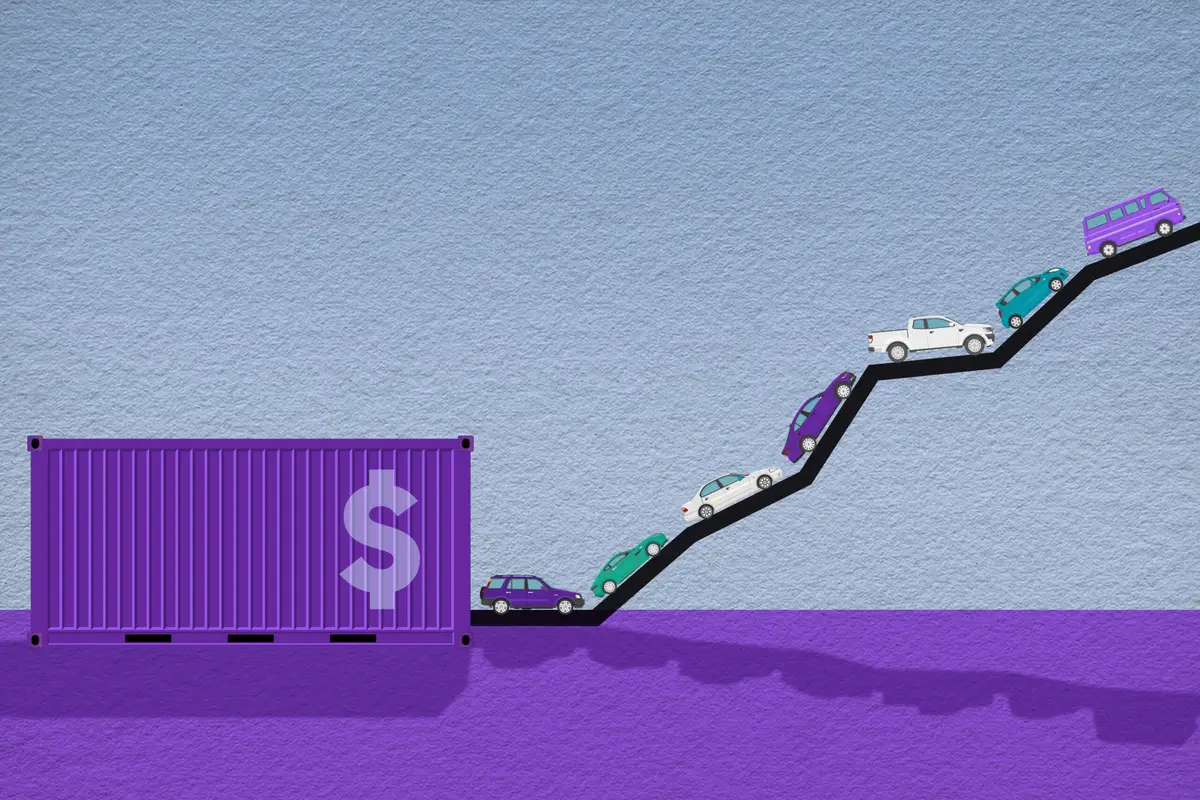Star-Telegram.com's view
The Porsche Cayenne, the SUV that drives like a sports car, entered its second generation last year, featuring not a drastic makeover, but some changes designed to improve an already great package.
For 2009, a new top model was added – the Turbo S – with a base price of $124,800 (plus $975 freight), along with a 550-horsepower, 4.8-liter V-8 engine that also has 553 foot-pounds of torque. That’s 50 more horsepower than the standard Cayenne Turbo ($98,700), which we tested for this report, and 37 more foot-pounds of torque.
But you don’t have to spend that kind of money to get a nice Cayenne. The very well-equipped base model with a 290-horsepower, 3.6-liter V-6 engine starts at $45,000, and offers just about every amenity a consumer actually would need in a vehicle of this type.
Even in the entry model, the Cayenne gives consumers the most fun you can have driving a family vehicle that can hold five people quite comfortably, along with their stuff.
Porsche, the little German sports-car maker, surprised the world with the launch of the original Cayenne in 2003, and as Porsche vehicles go, it has been quite successful, even though sales have been off somewhat the past year or so as the entire auto industry has been in a slump (and SUVs have taken a beating because of their poor fuel economy).
With the 2008 makeover came some stylish exterior changes, including new headlights and LED taillights; more interior comfort and conveniences; new safety features; and more performance – but increased fuel efficiency, too.
The entry-level model, called just the Cayenne, has 283 foot-pounds of torque, and can go from zero to 60 mph in 7.5 seconds. It has a top track speed of 141 mph.
And even the base Cayenne has a suspension tuned like that of a sports car, allowing the vehicle to hug the pavement quite well on the curves. The Cayenne has the feel of a low-slung sports car, something you won’t find on other SUVs.
EPA fuel-economy ratings for the V-6 model are 14 mpg city/20 highway, which puts this vehicle on par with most of the midsize SUVs and some of the newer crossovers, as well. A six-speed manual gearbox is standard, but a six-speed automatic is available. Mileage estimates are the same with either the manual or automatic.
Next up the line is the S model, which comes with a normally aspirated 4.8-liter V-8 engine producing 385 horsepower and 369 foot-pounds of torque. List price is $60,000. This one can go from zero to 60 in 6.5 seconds, and has a top speed of 155 mph. EPA ratings are 13 mpg city/19 highway with the standard six-speed automatic.
Also new is the GTS model ($71,600), which has a more-powerful version of the normally aspirated V-8 – 405 horsepower, but the same 369 foot-pounds of torque. This one comes with the six-speed manual, but the automatic is optional. EPA ratings are 11 city/17 highway with the manual, and 13/18 with the automatic.
The Cayenne Turbo model has a twin-turbo version of the 4.8-liter V-8 engine, rated at 500 horsepower and 516 foot-pounds of torque. EPA estimates are 12 city/19 highway — quite respectable for this much power. It can reach 60 mph in just 4.9 seconds, and has a top speed of 171 mph.
Improving power and fuel-efficiency on the Cayenne is Porsche’s all-new direct fuel injection technology, standard on all models.
The Cayenne is a rather heavy SUV, so the performance figures are quite impressive. Curb weights range from 4,784 pounds for the V-6 with manual gearbox to 5,191 pounds for both Turbo models.
The manual gearbox is offered only with the V-6 engine and normally aspirated V-8 models; the Turbo models come only with the six-speed Tiptronic S automatic. For the best performance out of the Cayenne, the Tiptronic transmission offers manual shifting. Paddles on each side of the steering wheel allow for quick up- and downshifts.
The car also comes with a “sport” mode that lowers the automatic transmission’s shift points for quicker acceleration.
Brake calipers and discs are larger than those of competing premium SUVs. The biggest and best brakes are on the Turbo model, though, and are designed to handle the extra horsepower and torque of that vehicle.
The brake calipers are painted bright red, and are fully visible through the sport wheels. A computer-controlled antilock system is standard, of course, as is electronic brake assist.
Also new last year was the optional Porsche Dynamic Chassis Control system ($3,510), which features “active anti-roll bars that almost completely offset body roll in turns, improving handling, comfort and active safety on-road while providing enhanced off-pavement traction,” Porsche said.
Adaptive headlights were new as well. They turn slightly in the direction the car is turning, allowing for better forward vision. The system is standard on the Turbo versions and optional on the other models.
Included on all models is electronic stability control, called Porsche Stability Management, which brings pre-loading of the braking system when needed, trailer stability control, and off-road antilock braking. The vehicle can tow trailers weighing up to 7,716 pounds.
All Cayennes also come with a rollover sensor that locks the seatbelt latches and deploys the side-curtain air bags if the vehicle begins to roll.
Ceramic brakes for the Turbo are available for $8,150, the most-expensive upgrade available on any Cayenne model.
A key option is the air suspension system (standard on the Turbos), which raises the vehicle to as high as 10.67 inches above the ground for clearing rocks and other obstacles while driving off-road. The regular suspension offers 8.58 inches of ground clearance, which close to that of the base Jeep Wrangler.
The Cayenne, which drives like other Porsche sports cars on paved highways, is capable of limited off-road driving, too. While it lacks low-range gearing for the most-serious off-roading the Cayenne can tackle most decently maintained park trails – especially when equipped with the air suspension.
Cayenne’s stability management system with traction control helps keep the vehicle under control on dirt roads. In normal driving, the four-wheel-drive system sends 62 percent of the power to the rear wheels, but the ratio changes automatically if wheel-slip is detected, at which time power is sent automatically to the wheels that have the best grip.
Other new features last year included a standard power rear liftgate, optional 21-inch sport wheels, a rail-mounted cargo management system, and XM satellite radio ($750).
Our tester came with a few options, including the XM radio, a moon roof ($1,190), Bluetooth connection ($695), a six-disc CD changer ($650), universal audio interface ($440), floor mats ($140), wheel hub covers ($185), and a roll-up rear sunscreen ($190).
Total sticker, including freight and options, was $103,915.
The automotive columns of G. Chambers Williams III have appeared regularly in the Star-Telegram since 1994. Contact him at (210) 250-3236; chambers@star-telegram.com.
2009 Porsche Cayenne
The package: Premium, midsize, five-passenger, V-6 or V-8-powered, four-wheel-drive, five-door sport utility vehicle.
Highlights: Porsche’s first SUV got a redesign for 2008, and for 2009, the new GTS V-8 and Turbo S models have been added to the lineup.
Negatives: Can get quite pricey, although the base model starts at a reasonable level; no third row of seating available.
Length: 188.9 inches.
Curb weight: 4,784-5,191 pounds.
Engines: 3.6-liter V-6; 4.8-liter V-8 (four versions, two with turbochargers).
Transmission: Six-speed automatic (with Tiptronic manual shift); six-speed manual.
Power/torque: 290 HP./283 foot-pounds (V-6); 385 HP./369 foot-pounds (V-8); 405 HP./369 foot-pounds (GTS V-8); 500 HP./516 foot-pounds (V -8 Turbo); 550 HP./553 foot-pounds (Turbo S).
Brakes, front/rear: Disc/disc, antilock.
Side air bags: Front seat-mounted, front and rear side-curtain, standard.
Electronic stability control: Standard.
Cargo capacity: 19.1 cubic feet.
Trailer-towing capacity: 7,716 pounds.
Fuel capacity: 26.4 gallons.
EPA fuel economy: 14 city/20 highway (V-6); 13/19 (V-8); 11/17 (GTS V-8, manual); 13/18 (GTS V-8, automatic); 12/19 (V-8, turbo models).
Major competitors: Lexus GX 470/LX 570, Mercedes-Benz G-class, Audi Q7, BMW X5.
Base price range: $45,000-$124,800, plus $975 freight.
Price as tested: $103,915, including freight and options (Turbo model).
On the Road rating: 8.3 (of a possible 10).
Prices shown are manufacturer’s suggested retail; actual selling price may vary.
Latest news


2025 Tesla Cybertruck Review: Wedge Issues

